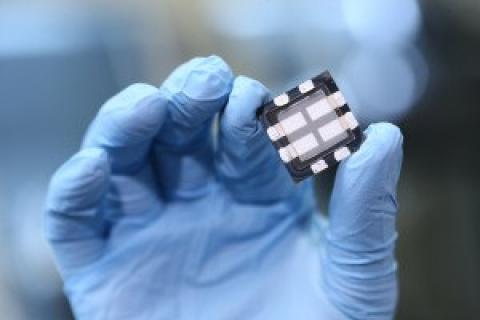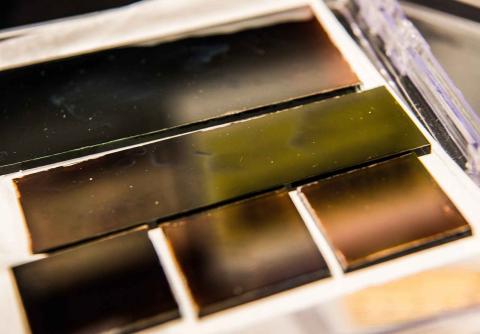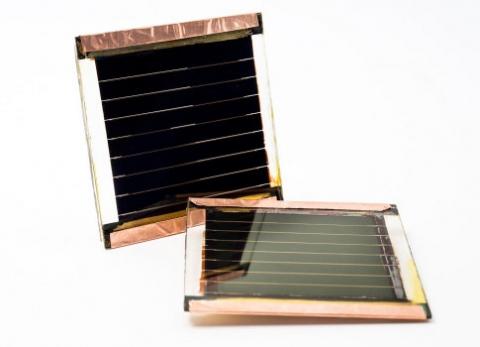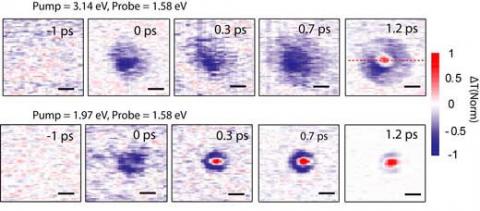Perovskite QDs combine with graphene oxide to create artificial photosynthesis
Researchers from Sun Yat-Sen University in China have created a composite of perovskite quantum dots and graphene oxide that can reduce CO2 when stimulated with light. It is referred to as the first known example of artificial photosynthesis based on perovskite quantum dots.
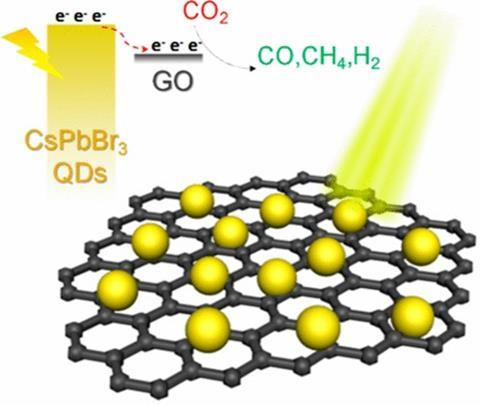
The team prepared quantum dots ' semiconductor nanoparticles ' of a highly stable cesium'lead halide perovskite, as well as a composite material made of these quantum dots and graphene oxide. Both materials showed an efficient absorption of visible light and strong luminescence. The team used these products to achieve a fundamental step in artificial photosynthesis ' the reduction of CO2. To simulate sunlight, they used a xenon lamp with an appropriate filter.
